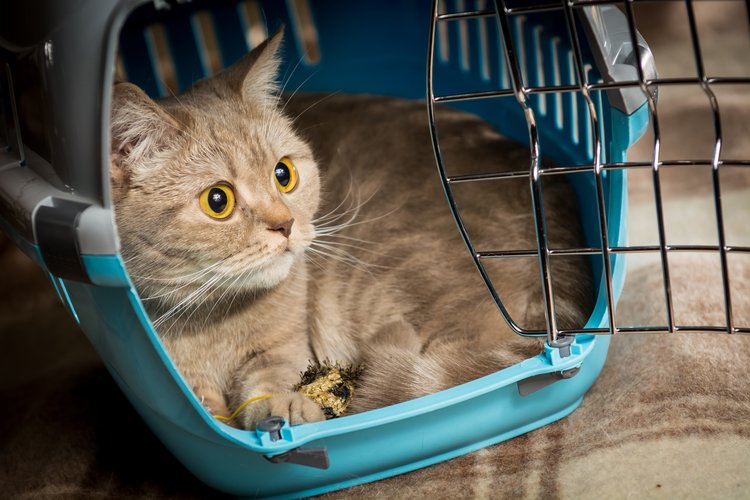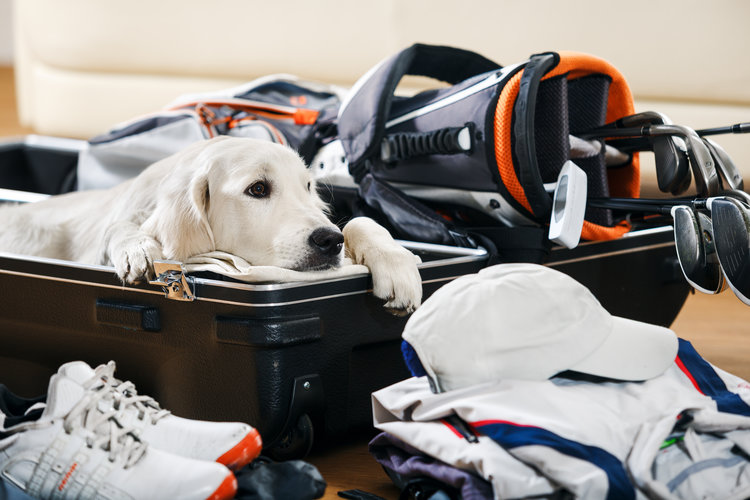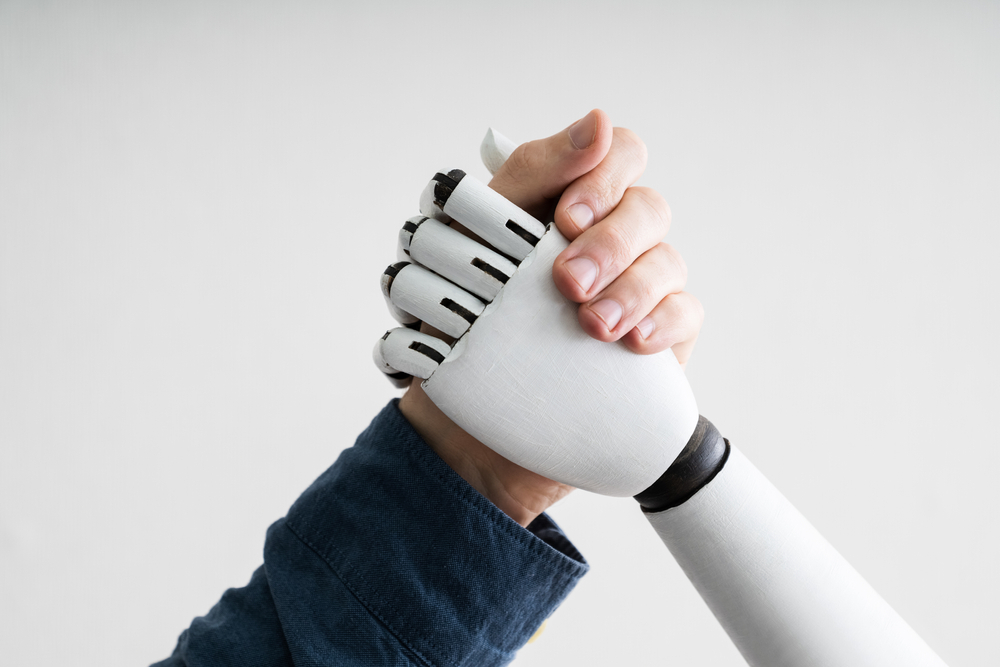How to Prep Pets for a Big Move

Buying a new home or moving to a new property is exciting, but it’s also stressful — for people and their pets. Whether an individual or an entire family are moving across state lines or just down the street, it’s important to know how to prepare pets for the move itself and what documents or creature comforts to have on hand. We spoke with the experts at the ASPCA to get details on what to bring, how to help pets cope, how to pet-proof a new home, and what not to do during a big move.
How can people keep their pets calm during a chaotic moving day?
Cats aren’t big fans of change. You can help your cats (and skittish dogs) adjust to the moving process by bringing in moving boxes early, and by keeping your furry friends in a familiar room you plan to pack up last. On moving day, keep your pets in a quiet room with the door shut or at a friend’s house. This will ensure that your cat or dog won’t get scared and try to make a quick getaway while the movers load up the truck.
While prepping for the move, try to keep your pet’s routine as normal as possible. For cats, it is a good idea to acclimate them to their carrier as far in advance of moving day as possible. Arrange the carrier in a favorite spot and use food, toys, familiar bedding, and catnip to get them comfortable with the carrier. Acclimating cats to the carrier helps make it easier to get them into it when it is time to leave and makes transport less stressful. We recommend using a hard plastic carrier with a secure door.

If someone is moving to a smaller place, how can they help their pets adjust?
When it comes to square footage needs, cats and dogs differ. For your feline friends, ensure your potential new space allows for plenty of room to build vertically. It’s easy to create a lot of vertical space with shelving, such as kitty blocks on top of furniture. Consider your dog’s needs on a case-by-case basis. Older dogs, puppies, and adult dogs with house-training issues will need to go outside often, which might be difficult in an apartment building with lots of stairs or a house without a yard.
Any tips for finding pet-friendly communities?
Before you move, it’s a good idea to walk around the neighborhood to determine whether the area seems safe for your pets. Be on the lookout for neighborhood dogs that seem aggressive or are left unattended.

How about pet-proofing a new home?
Tuck away electrical cords, plug up nooks where your pet could get stuck, make sure that all windows have secure screens, remove any poisonous houseplants, and confirm that no poisonous pest-control traps have been left anywhere in the new home.
Say someone has never traveled with their pet before. How can they keep them safe and calm during a long drive on moving day?
Many pets haven’t spent much time in crates or cars. In the weeks or months leading up to the big move, prepare your pets by gradually acclimating them to their crates. First, place their food inside the open crate, and eventually have them eat their meals in the crate with the door shut. Also try carrying your pets around the house in the crate or taking them on a short drive in it. You can also help your pets develop a positive association with the crate by providing treats and playtime at the conclusion of crate time.

If you decide to forgo the crate, don’t allow your pet to ride with their head hanging outside of the window, and always keep them in the back seat in a harness attached to a seat belt buckle. Lastly, if you’re traveling across state lines, bring along your pet’s rabies vaccination record. While this generally isn’t a problem, some states require this proof at certain interstate crossings.
What are the most important items to have on hand (and unpacked!) for a pet during moving day?
Bring food, a bowl, leash, a waste scoop, plastic bags, grooming supplies, medication and first-aid essentials, and any travel documents. Pack a favorite toy or pillow to give your pet a sense of familiarity. Be sure to pack plenty of water, and avoid feeding your pet in a moving vehicle. Your pet’s travel-feeding schedule should start with a light meal 3-4 hours prior to departure. It’s important to always opt for bottled water; drinking water from an area your pet isn’t used to could result in stomach discomfort.
Now that their pets are less stressed, why not give your residents and clients a stress reliever of their own with Updater?
More Industry Insights

Top 5 AI tools you should be using for multifamily right now
17 April 2024

What happens to your home security system when you move?
27 March 2024












